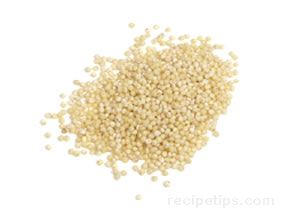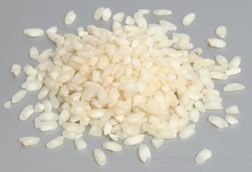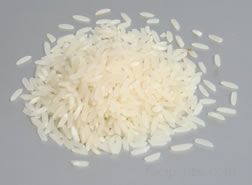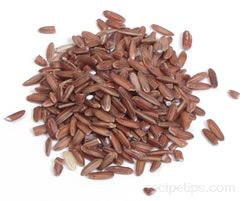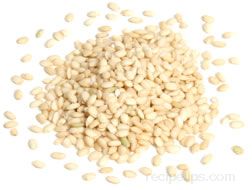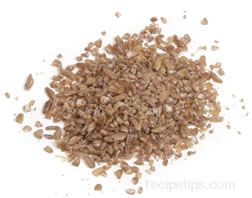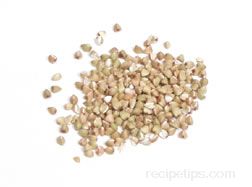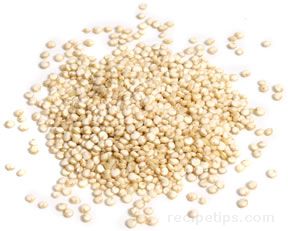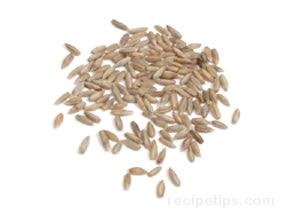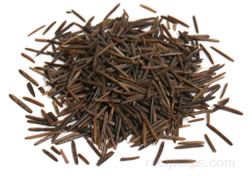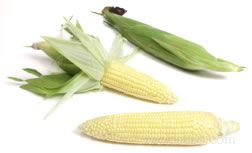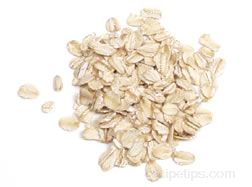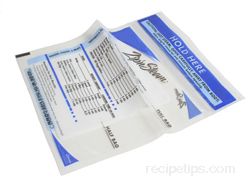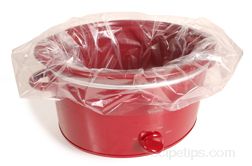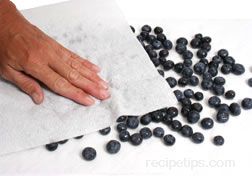Hot Liquid Cooking Techniques for Grain | Cooking Millet
| The three basic techniques for cooking millet with hot liquid are boiling, absorption, and steaming, which are perhaps the most popular methods for cooking most whole grains. Often a combination of these methods is used to cook grain depending on the type of grain, the particular recipe, or the desired effect. Some grains benefit from soaking before they are cooked because cooking with hot liquid alone may not produce the optimum results. |
Hot Liquid Cooking Techniques for Grain
BoilingBoiling is one of the easiest methods for cooking grain. The grain is cooked uncovered in a large quantity of water. The grain and water are then dumped into a colander and drained for several minutes to remove the excess moisture. This method is often the best when there is some doubt as to the correct quantity of water that can be absorbed by the grain. |
AbsorptionCooking grain with the absorption method is, perhaps, the method that most people are accustomed to when cooking many types of grain, but it is often the most difficult. This technique requires that the grain be cooked in a specific quantity of liquid, which can be readily absorbed by the grain. The absorption method may require some trial and error, but it is most often successful when slight adjustments are made to recipes based on variables that may affect the success of the absorption cooking method, such as the accuracy of the heat source, the altitude, and age and quality of the grain. |
SteamingSteaming is the third method for cooking grain and although it is the most time consuming, it produces beautifully cooked grain. The grain slowly absorbs moisture and cooks very evenly. Steaming alone usually is not adequate for cooking many types of grain, so it is often used in conjunction with other cooking methods and techniques. Some grains are boiled briefly before they are steamed while others may simply require soaking in cold water for a period of time to tenderize the grains prior to steaming. |
Cooking Millet
|
Preparing Millet as a Side Dish or Hot Cereal Millet cooked to a dry, grainy texture can be used as a side dish similar to rice or couscous, or it can be used as an accompaniment to stir-fries or stews. When a fluffy consistency that is dry and light is desired, the following steps can be used. |
| Rinse one cup of millet and allow it to drain completely. |  |
| In a heavy-bottomed skillet, heat one tablespoon olive oil over moderate heat. Add to the pan the one cup of rinsed and drained millet and toast it. The cooking oil is not a necessity, but it does help to prevent the possibility of the grain sticking to the pan. | 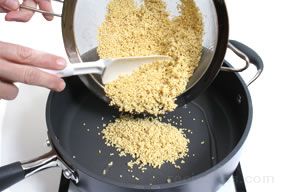 |
| To prevent the millet from burning, it is important to keep the grains moving while they are being toasted, either by stirring the grain or shaking the pan. It is best to toast the millet only until it begins to change color, otherwise it may burn. | 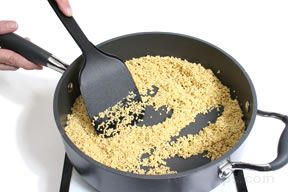 |
| Pour in two cups of hot liquid (water, broth, or stock) and add one teaspoon of salt. Stir and bring the liquid to a boil. | 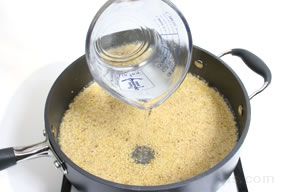 |
| Reduce the heat to low and cover the pan. |  |
| Leave the covered pan undisturbed for twenty minutes; then check to see if the liquid has been absorbed into the millet. When all the liquid is absorbed, remove the pan from the heat and let it stand covered for five minutes. |  |
| Fluff the millet grains with a fork prior to serving. This recipe yields about four one-cup servings. |  |

